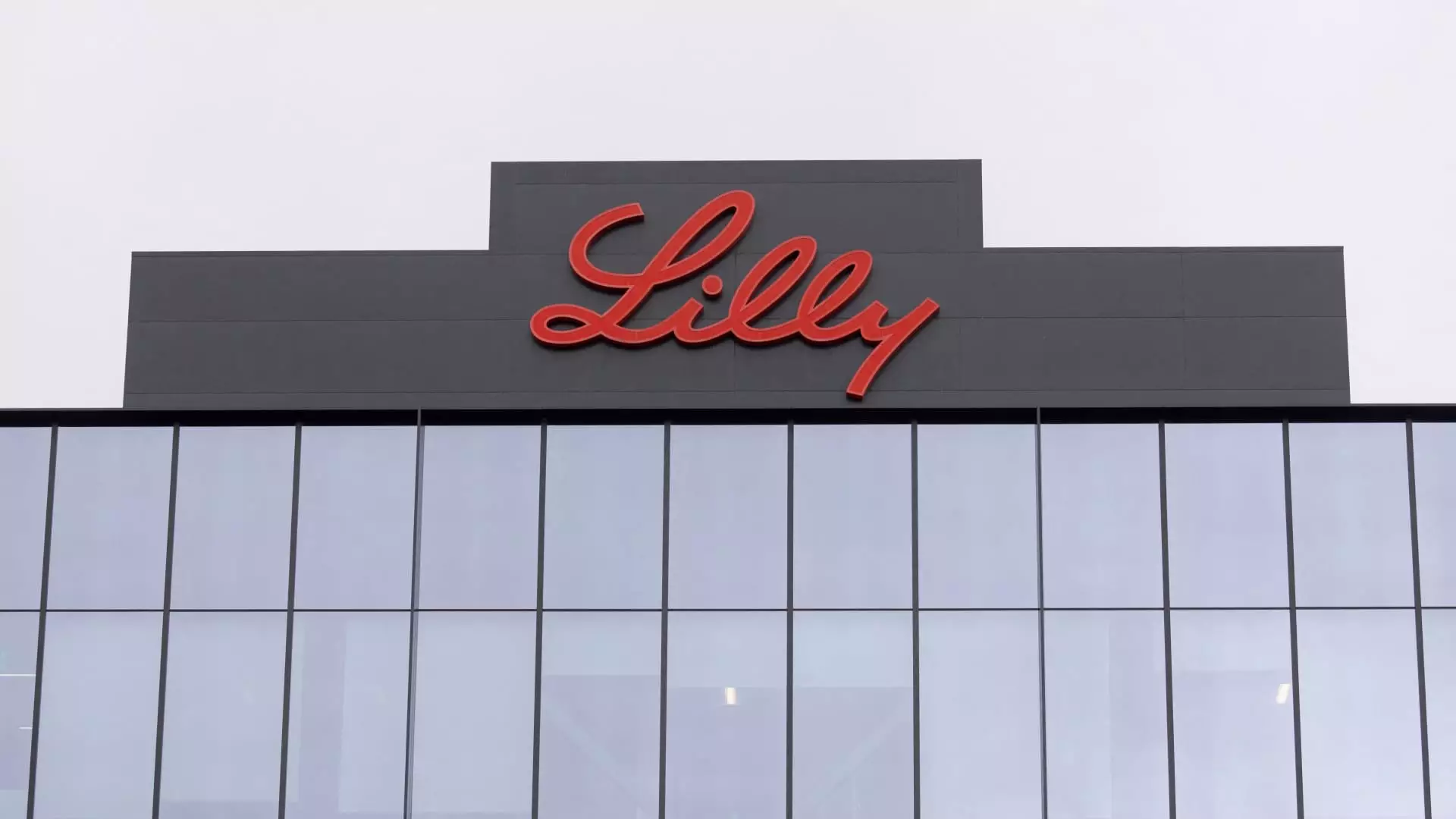Market dynamics can shift rapidly, and the latest midday trading reveals significant movements among several key players in the business landscape. Companies are experiencing varying fortunes, reflecting broader industry trends and specific operational challenges. Let’s delve deeper into some of these notable shifts in performance and the implications for future trading strategies.
Eli Lilly, a prominent player in the pharmaceutical industry recognized for its weight loss and diabetes treatments, recently faced a steep decline in its stock value, plummeting over 7%. This downturn followed the company’s announcement that the demand for its innovative drugs would fall short of the ambitious expectations previously set. The company now anticipates a projected full-year 2024 revenue of approximately $45 billion, a decline from the $45.4 billion to $46 billion forecasted just months earlier. Such a revision not only raises concerns over product demand but also casts doubt on future growth prospects, compelling investors to reconsider their positions in the stock.
In the aerospace sector, Boeing experienced a downturn as its shares dipped more than 2%. The company reported that its airplane deliveries for 2024 totaled around 348 units, representing a staggering one-third decrease in comparison to the prior year. This significant drop amplifies the competitive pressure from its rival, Airbus, which boasted 766 deliveries last year. The widening performance gap signals potential challenges for Boeing in regaining market share, raising questions about its operational efficiency and strategic direction in a recovering post-pandemic economy.
Contrasting the trends observed in Eli Lilly and Boeing, Applied Digital emerged as a beacon of growth, with shares increasing by over 6%. The excitement stems from an agreement with Macquarie, which plans to invest up to $5 billion into Applied Digital’s artificial intelligence-driven data centers. This strategic partnership not only fuels investor confidence but also enhances the company’s market position within high-performance computing—a sector poised for exponential growth. This development suggests that businesses focused on innovation and technological advancements are likely to attract investments even in a volatile market.
Meanwhile, Signet Jewelers faced a staggering 26% drop in its shares following an unfortunate revision of its fourth-quarter guidance. Citing weaker holiday sales, the parent company of Kay Jewelers and Zales acknowledged a shift in consumer behavior, as shoppers opt for lower-priced products. This scenario highlights a broader retail trend, particularly in luxury markets, where economic pressures are forcing consumers to adjust their spending habits. For investors, this raises alarms about the fragility of sales in sectors dependent on discretionary spending, emphasizing the need for companies to pivot their strategies.
In contrast, KB Home reported positive results, with a share price increase of 3% fueled by a strong fourth-quarter earnings report. With earnings per share at $2.52—surpassing analysts’ expectations—it appears the homebuilding sector is rallying against broader economic headwinds. The revenue of $2 billion exceeded forecasts as well, suggesting resilience in residential construction amidst fluctuating market conditions. This performance may appeal to investors seeking stable growth in a challenging financial climate.
In a remarkable announcement, H&E Equipment Services saw its shares skyrocketing more than 105%, driven by United Rentals’ decision to acquire the company for $4.8 billion at $92 per share. This acquisition reflects the industry’s consolidation trend and presents opportunities for potential synergistic benefits. Conversely, Instacart’s shares edged up by over 1% after receiving a buy rating upgrade from BTIG due to its strong position as a leader in the grocery delivery sector. This uptick showcases the continued relevance of digital solutions in daily life, suggesting robust growth in the e-commerce space.
Finally, Celanese, a chemical manufacturer, experienced a 5% jump in its stock price after a rare double upgrade from Bank of America, lifting its rating from underperform to buy. The bank emphasized Celanese’s favorable valuation and anticipated demand recovery for its product lines. This upgrade is indicative of a strategic pivot within the chemical sector, reflecting optimism about the recovery of industrial demand.
The midday trading landscape highlights a mixture of caution and opportunity as companies navigate their unique challenges and market conditions. Investors need to stay informed and adaptable, focusing on underlying fundamentals and strategic responses to shifting industry dynamics.

